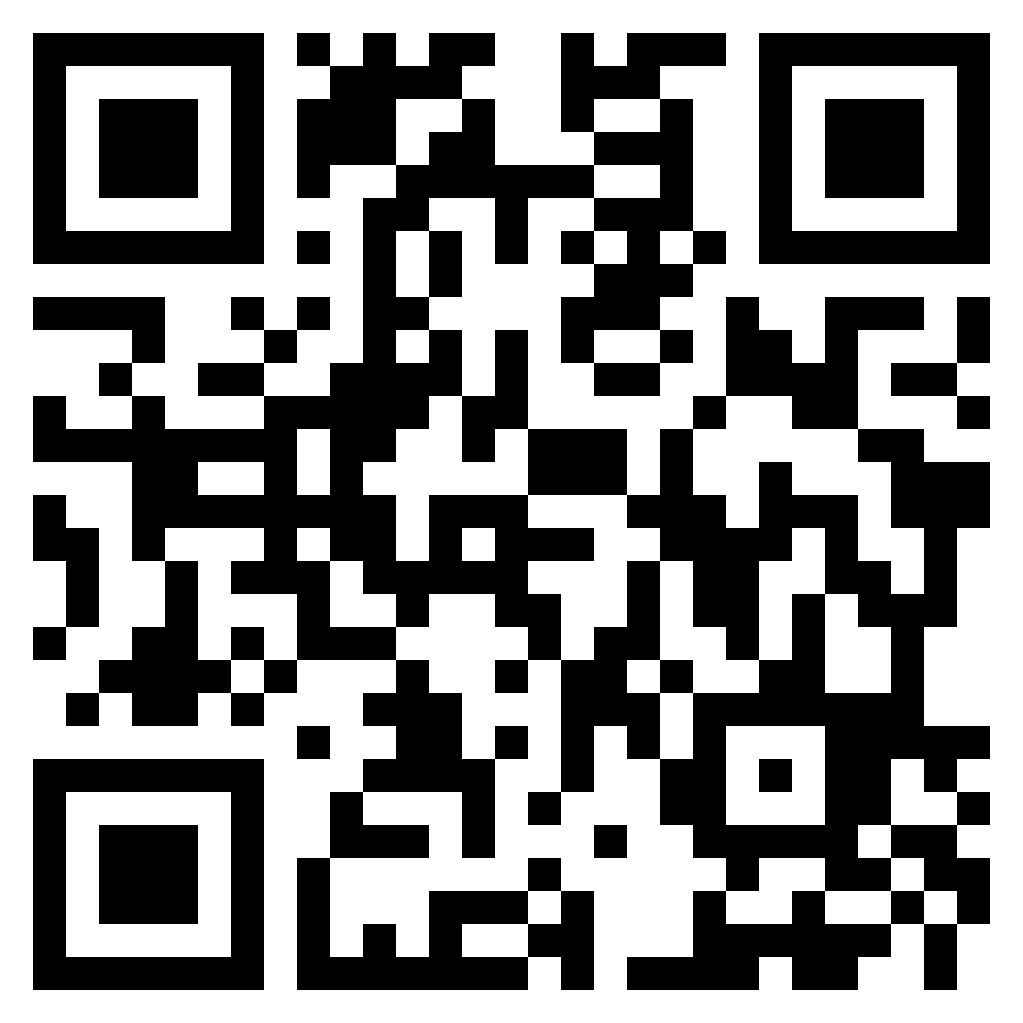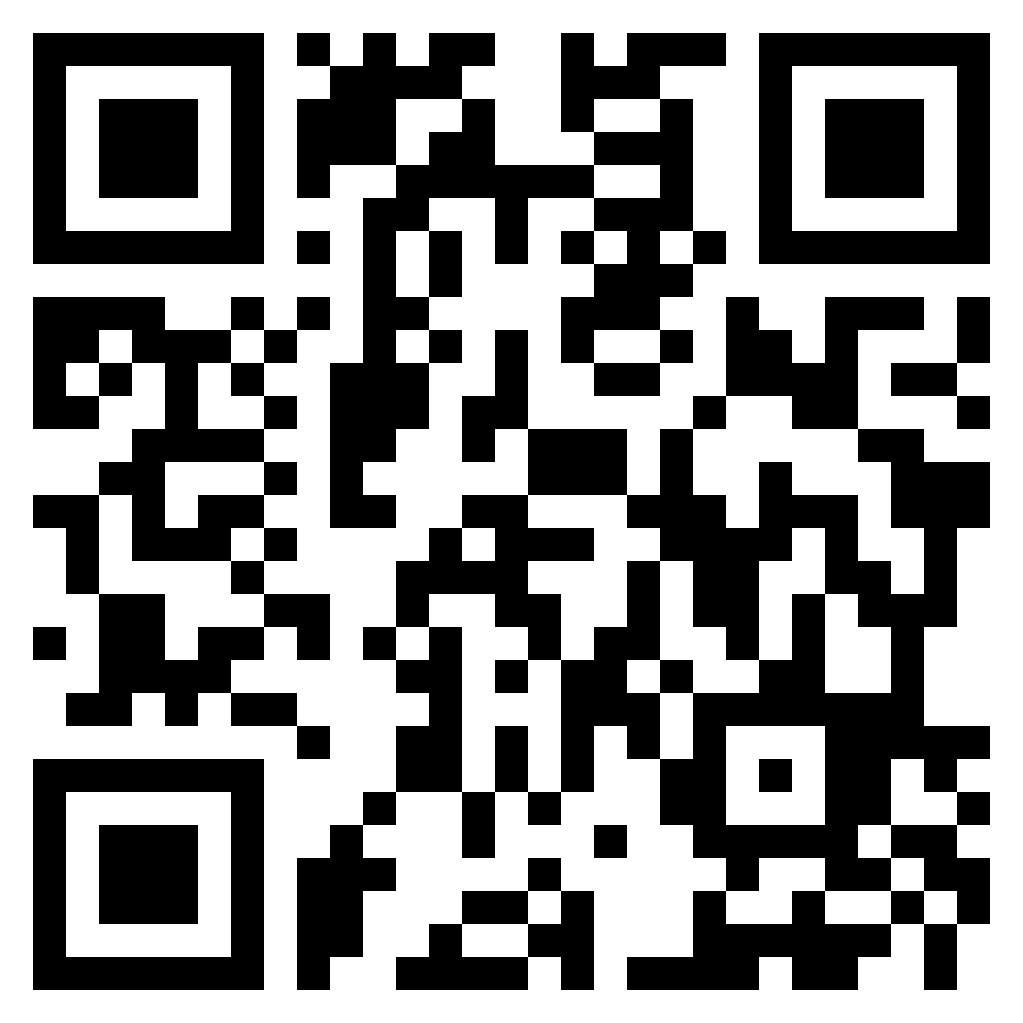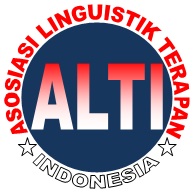Exploring Digital Literary Models in Hypertextual Poetry "Dispossession" by Robert Kendall
DOI:
https://doi.org/10.46961/mediasi.v5i2.1233Keywords:
Digital Literature, Electronic Literature, Hypertext, Cybertext,Abstract
Hypertextual poetry is a literary work in digital media with its complexity and uniqueness in accessing and reading it. This study aims to understand the model of digital literature through electronic poetry with the conceptual framework of Cybertext by Espen J. Aarseth (1997). The data collection method used is close reading, while data analysis is by linking text data groups and images in poetry. This study shows some facts about digital literature. (1) "Dispossession" with the hypertextual concept or hyperlink technique restricts access for particular users. (2) The text in the poem is not static and some of the texts have different contents even though they come from the same hyperlink. (3) The reader is not limited by the duration of viewing the poem and the text is impersonal. (4) There is an external link to (the author's website) as well as internal links to (the text of the poem). Those facts show that digital literature provides explorative and interpretative functions for users and readers.
References
Aarseth, E. J. (1997). Cybertext: Perspectives on Ergodic Literature. London: The Johns Hopkins University Press.
Abrams, M. H. (1981). A Glossary of Literary Terms. New York: Rinehart and Winston.
Berens, K. I. (2019, May 5). Third Generation Electronic Literature and Artisanal Interfaces: Resistance in the Materials. Retrieved 11 2, 2022, from Electronic Book Review: http://electronicbookreview.com
Cayley, J. (2018). Grammalepsy: Essay on Digital Language Art. New York: Bloomsbury Publishing.
Dewi, M. S. (2023). Visualisasi dan Konstruksi Makna dalam Puisi Digital "The Seasons" oleh Robert Kendall. In Faruk, Sastra Siber: Beberapa Penjajakan atas Tekstualitasnya (pp. 334-348). Yogyakarta : Gambang Buku Budaya.
Faruk. (2012). Metode Penelitian Sastra: Sebuah Penjelajahan Awal. Yogyakarta: Pustaka Pelajar.
Hayles, N. K. (2005). My Mother Was a Computer: Digital Subjects and Literary Texts. Chicago: The University of Chicago Press.
Hayles, N. K. (2008). Electronic Literature: New Horizons for the Literary. Notre Dame, Indiana: University of Notre Dame Press.
Joyce, E. (2003). Sutured Fragments: Shelley Jackson’s Patchwork Girl in Piecework. In J. V. Looy, & J. Baetens, Close Reading New Media: Analyzing Electronic Literature (pp. 39-52). Leuven: Leuven University Press.
Kendall, R. (2000). Electronic Poetry and Fiction. Retrieved March 29, 2022, from wordcircuits.com: http://www.wordcircuits.com
Koskimaa, R. (2000). Digital Literature: From Text to Hypertext and Beyond. Retrieved from University of Jyväskylä: https://elmcip.net/critical-writing/digital-literature-text-hypertext-and-beyond
Kouta, A. T. (2021). Narrative Nonlinearity and the Birth of the Wreader: A Hypertext Critical Reading of Selected Digital Literary Texts. Critique: Studies in Contemporary Fiction, 62(5), 586-602.
Mustofa, A., & Lestari, L. A. (2023). Literary Criticism in the Digital Age: Addressing the Problems and Opportunities of Digital Literature in EFL Pedagogy. English Review: Journal of English Education, 11(1), 263-274. doi:10.25134/erjee.v11i1.7137
O'Sullivan, J. (2019). Towards a Digital Poetics: Electronic Literature & Literary Games . Cork : Springer .
Pertiwi, S. A. D & Wati R. (2022). Maraknya Platform Sastra Cyber Berdampak terhadap Dunia Literasi di Indonesia. Jurnal Literasi, 6(1), 17-25.
Rosario, G. D. (2011). Electronic Poetry: Understanding Poetry in the Digital Environment. Jyväskylä: Jyväskylä University Printing House.
Santoso, J. (2018). Puitika Teks Sastra Cybertext di Era Post Truth. Pertemuan Ilmiah Bahasa dan Sastra Indonesia, -.
Tabbi, J. (2003). Stephanie Strickland’s True North: A Migration between Media. Leuven University Press.
Welsch, E. K. (1992). Hypertext, Hypermedia, and the Humanities. Library Trends, 614-646
Downloads
Published
How to Cite
Issue
Section
Citation Check
License
You are free to:
- Share — copy and redistribute the material in any medium or format
- Adapt — remix, transform, and build upon the material
- The licensor cannot revoke these freedoms as long as you follow the license terms.
Under the following terms: Attribution; NonCommercial; and no additional restrictions.















